Architectural Fiberglass (FRP) Domes and Onion Domes
Fiberglass (FRP) Hemisphere Domes and Onion Domes

For dome drawings, visit our download page.
A Dome is a roof circular or (sometimes) elliptical in plan and usually hemispherical in form, placed over a circular, square, oblong, or polygonal space. Fiberglass domes have been built with a wide variety of outlines and of various materials.
Architectural Fiberglass, Inc., specializes in the manufacture of fiberglass hemisphere domes and onion domes for commercial and religious institutions. True hemisphere domes are basically a half of a ball or sphere where the rise or height of the dome is half of the diameter. An onion dome is shaped differently usually with a wider mid belly and narrowing towards the top of the dome to a point.
Architectural Fiberglass, Inc., can replicate existing domes removed from a building or manufacture new dome designs. Our domes range from smaller sizes to domes in excess of 40′ in diameter. Being the leader in fiberglass dome manufacturing is not just a claim but our history and catalog of hemisphere domes and onion domes including over 200 different sizes and designs speaks for itself.
Advantages of Fiberglass (FRP) Hemisphere Domes and Onion Domes
Some of the advantages of fiberglass hemisphere domes and onion domes is the low maintenance, low weight, high strength, and unlimited design flexibility not possible with other materials. Fiberglass domes are resistant to rot, rust, corrosion, weather, and easily repaired in the event of damage. The weight of fiberglass domes compared to the strength and durability far exceeds other traditional materials. Domes are manufactured with latest technological advanced materials making our domes flame, hurricane, and earthquake resistant. Fiberglass domes are frequently used where a lightweight structure is required that is strong and sustainable to weather extremes.
Fiberglass domes have the advantage over other materials because they can be molded into complex shapes. These shapes can be curved, corrugated, ribbed, or contoured in a variety of ways, with varying thickness. Fiberglass domes can replicate any traditional building material including, gold, copper, stainless steel, terra cotta, marble, granite, and stone. Our proprietary 22 Karat Gold Leaf finish is amongst the more popular finishes that we have incorporated in our domes. Domes are usually crowned by a fiberglass decorative element including finials, pinnacles, crosses, urns, cupolas, towers, and lanterns. Fiberglass is a feasible alternative to the cost prohibitive traditional materials.
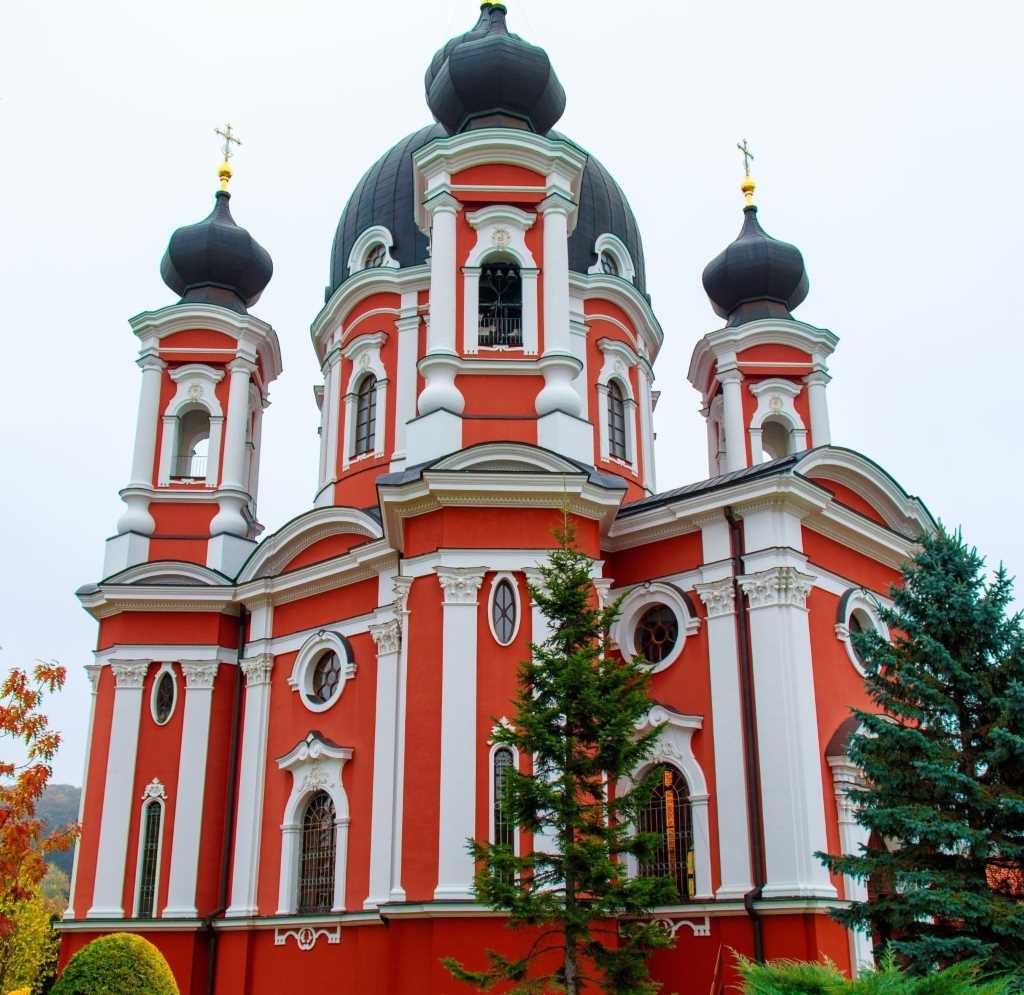
Gold Leaf Process
In addition to fabricating simulated fiberglass gold finishes Architectural Fiberglass, Inc also manufactures products with actual gold leaf. Architectural Fiberglass, Inc’s gold leaf process is a significant technological break-through when compared to cheap imitation golds that fade to silver and/or delaminate within a few years. Our proprietary Gold leaf process has been used on decorative fiberglass products for over 15 years with no sign of deterioration or discoloration.
The process involves genuine 22 Karat gold that is permanently bonded at extremely high heat onto the underside of a clear film called Tedlar (a DuPont product made of polyvinyl fluoride). The Tedlar film is resistant to chemical corrosion, ultraviolet light, saltwater, solvents, cleaning agents, and physically protects the gold to prevent top surface abrasion. Tedlar carries a 10-14 year life warranty against fading or delamination on glass, metal, painted wood, plastic and other common substrates. Regarded by architects as one of the most durable surface protectors, Tedlar has long been used as a standard outdoor protective laminate for 25 years. The gold is under sealed with a premium grade pressure sensitive acrylic adhesive. In a nutshell, you have the ultimate gold leaf process. The Manufacture of the gold, guarantees the 22 Karat gold process against wear and fading for 10 years.
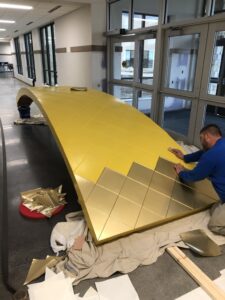
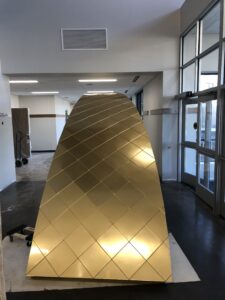
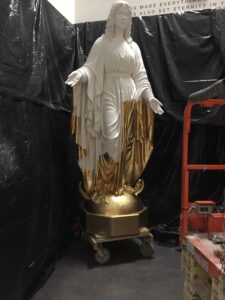
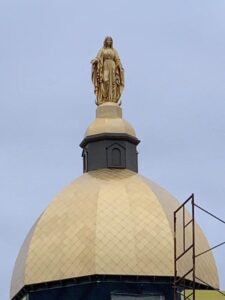
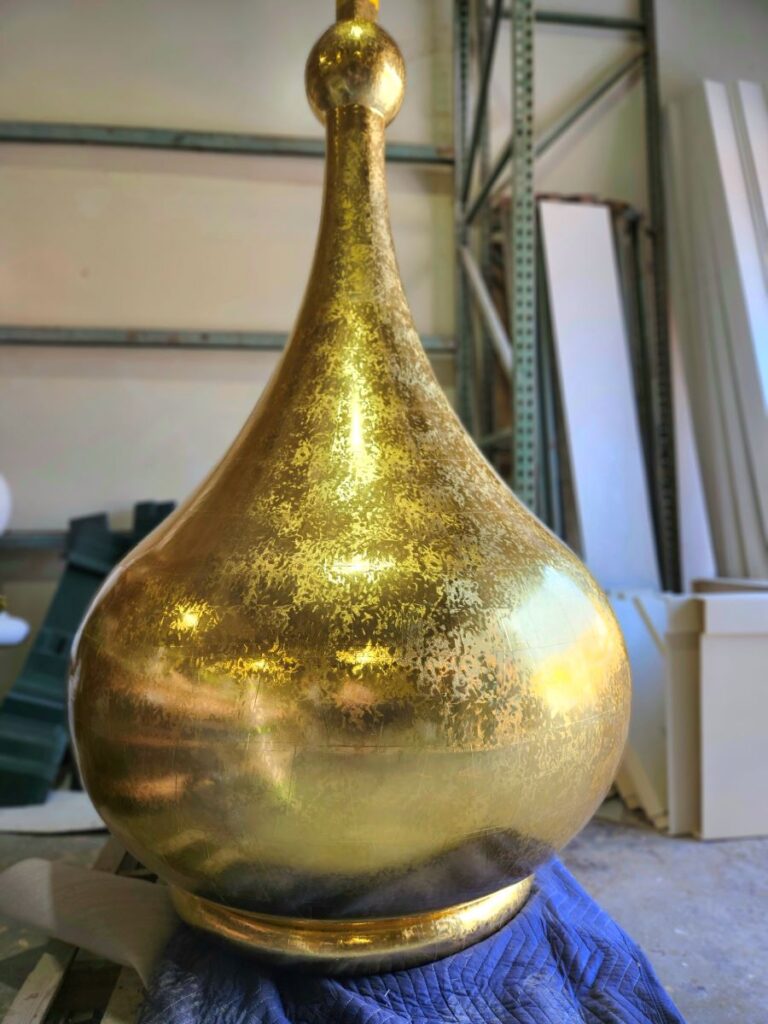
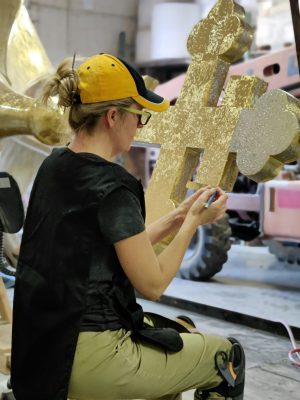
Installation of Fiberglass (FRP) Hemisphere Domes and Onion Domes
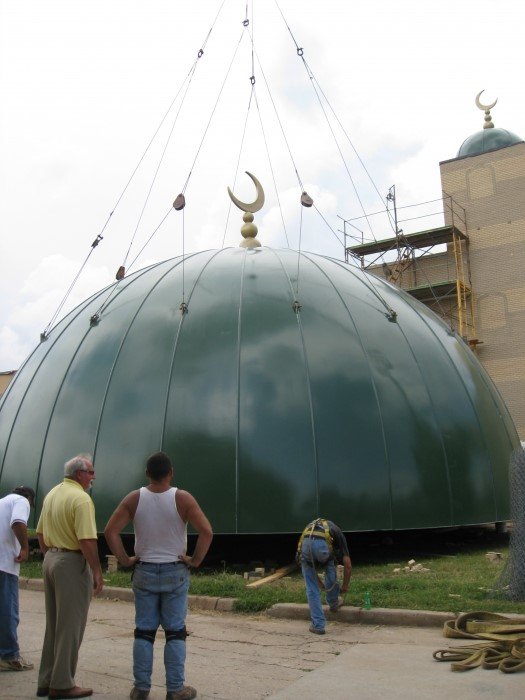
Fiberglass domes are pre-assembled, numbered, and labeled in our facility, a smooth installation. Domes can be assembled and installed at the project site in less than a day eliminating high labor costs. Usually domes are shipped in the largest sections possible that fit on a truck. The sections are “pie” shaped and bolted together at the jobsite. After the FRP dome is assembled it can be lifted with a crane as one unit. When placed on the building structure it only needs to be bolted down to the structure. General contract workers and carpenters are frequently capable of assembling and installing our domes.
About AFI and Fiberglass Domes
Origins of Domes
The earliest domes were probably roofed primitive huts and consisted of bent-over branches plastered with mud. Another primitive form, called a beehive dome, is constructed of concentric rings of corbeled stones and has a conical shape. Ancient examples have been found in the tombs of Mycenae and can also still be seen in the folk architecture of Sicily. Although there is evidence of widespread knowledge of the dome, its early use was apparently restricted to small structures built of mud brick.
It was the Romans who first fully realized the architectural potentialities of the dome. The Roman development in dome construction culminated in the Pantheon (2d cent. AD). The Romans, however, failed to discover a proper handling of the pendentive – the device essential to placing a dome over a square compartment – that was finally achieved by the Byzantine builders of Hagia Sophia at Constantinople (AD 532-37). The other solution to placing a dome over a square was the squinch, which in the form of stalactites was to receive superb expression in Islamic architecture. Under Byzantine influence the Muslims early adopted the use of the dome; one of their first important monuments is the Dome of the Rock in Jerusalem. They often used the so-called Persian or onion dome. The most celebrated example is the Taj Mahal (AD 1630) at Agra, India.
Both the influence of the Roman Pantheon and of the Byzantine pendentive came to bear on the designers of the Italian Renaissance, and the crossings of many churches of the period were covered by masonry domes on pendentives. Between pendentive and dome a circular drum usually was interposed, serving to give greater elevation and external importance as well as a space for the introduction of windows. By the addition of an outer shell, the exterior came to be independently designed for maximum effectiveness, and the placing of a lantern at the top of this outer shell provided an apex for the entire composition.
The dome in modern architecture utilizes such materials of construction as reinforced and thin-shell concrete, glass and steel, and plastic. An innovative contemporary approach to the form is the geodesic dome. These are low-cost, geometrically determined hemispherical forms as promoted by architect Buckminster Fuller.
Celebrated examples are Brunelleschi’s octagonal ribbed dome for the Cathedral of Florence (1420-36); St. Peter’s, Rome, designed by Michelangelo, with two masonry shells (completed 1590), internal diameter 137 ft (42 m); the Church of the Invalides, Paris, by J. H. Mansart (1706), 90 ft (27 m); St. Paul’s Cathedral, London, by Sir Christopher Wren (1675-1710), 112 ft (34 m); and the Panthéon, Paris, by J. G. Soufflot (1775-81), 69 ft (21 m). The last three domes are built with triple shells, the middle shells serving to support the crowning lanterns.
In the United States the dome of the Massachusetts state capitol, designed (1795) by Charles Bulfinch, established the dome as a distinctive feature for numerous later state capitols as well as for the national Capitol at Washington, D.C. The dome of the latter, however, is of cast iron instead of masonry. The design, by T. U. Walter, has an inner diameter of 90 ft (27 m) and possesses great external impressiveness.






























Download Drawings and Specifications

Domes - Hemisphere
(4.86 MB)

Fiberglass Dome Details
(174 KB)

Domes - Onion
(1.35 MB)

Domes - Hemisphere
(3.83 MB)

Domes Details
(396 KB)

Domes - Hemisphere
(4.86 MB)

Fiberglass Dome Details
(174 KB)

Domes - Hemisphere
(3.83 MB)

Domes Details
(396 KB)















